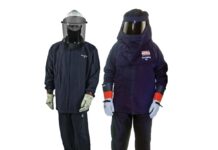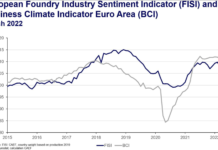We are proposing the part 2 of the study of Italian foundry, to understand the main technological trends and how it is possible to be competitive.
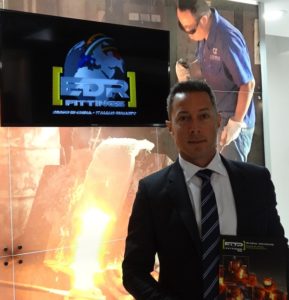
EDR Fittings S.r.l.
EDR Fittings S.r.l. (Genoa) is a company that can boast over 15 years of experience in the production of lost wax investment castings with high technological content. The CEO of the company, Edoardo della Rocca, explains: «In addition to the Italian headquarters, our company relies on the presence in China, in Wenzhou, with a specialized technical staff to take care of local manufacturing processes by Chinese industries selected and trained over the years. In this way, we can manufacture highest-level components, i.e. compliant with “European quality” standards, 100% tested and at lower costs. This choice has allowed us to become partner of Italian and European industries of international relevance».
The enterprise has a very broad productive range and operates in various outlet sectors: automotive, agricultural, furnishing and so on. Della Rocca: «The lost wax represents our core business and it is implemented through state-of-the-art processes and plants». In other words: wax patterns, obtained through the use of aluminium tools, are introduced into apposite tanks and contain thermosetting resins and ceramic micro-grains that, together, polymerize giving birth to an outer coating resistant to the very high temperatures of cast metals. «To reduce drastically the possibility of micro-porosities in castings – adds Della Rocca – the so-called “shell” is introduced inside a high-temperature autoclave for the complete disposal of the residual wax».
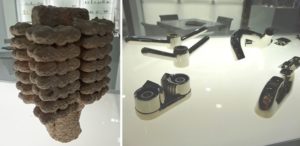
The shell becomes then the negative tool, ready to host the metal casting after opportune pre-heating. Afterwards, the whole is cooled in controlled temperature environment to avoid eventual work hardenings. The casing is then destroyed and the risers of each casting are removed before proceeding to the successive mechanical or surface finishing machining, even very exacting. Della Rocca: «We use the “lost wax” technique according to three typologies: silica sol, water glass and compound, techniques that we use depending on customers’ applicative and sales requirements and with them we achieve castings up to 160 kg. For bigger weight sizes, we turn instead to the lost foam and sand casting. In the latter case, we can obtain castings weighing several tons».
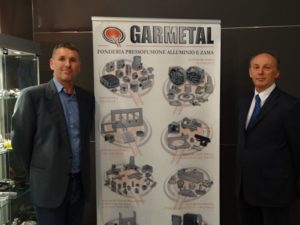
Garmetal S.r.l.
Garmetal S.r.l. (Briosco, MB) is an aluminium and Zamak die casting foundry that produces technical articles upon design for several applicative ambits: automotive, pneumatics, hydraulics, electronics, telecommunications, household appliances, gas, lighting, industrial machines and so on.
How have you managed to extend your presence on the market during last years? «Our target is to let our potential customers understand that we can implement high-quality pieces, i.e. free or almost free from porosities, with even very thin parts and very strict precisions and tolerances. Besides, today the service matters a lot, this means granting fast deliveries and according to the terms agreed with customers. Concerning this, we rely on a computerized management system that monitors workflows, machine downtimes, wastes, the job order state of the art and so on, and determines delivery terms with great precision».
Concerning manufacturing, the company makes use of a machine fleet consisting of high-tech 10 presses. Each machine is equipped with a SPC (Statistical Process Control) system that, through sensors, can monitor the injection process “in real time”. Arturo Molteni: «I believe that to optimize “the quality”, the control must be more and more oriented to the process and less to workpieces. Today it is no longer affordable to accomplish the production and to discover that some castings are rejects, since the inherent costs are not recoverable in a context where gain margins are very strict. In a sector where a reject in the order of ppm is anyway increasingly required, I think that controls on machine board are fundamental».
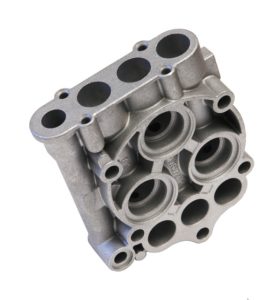
Arturo Molteni ends by stressing the importance that each element of the process is suitable: «The die casting is composed by three elements: the tool, the press or the robotic isle and the die-casting operator. The tool, in particular, is the element that makes the difference and, if suitably designed, allows implementing excellent productions and limiting eventual problems. For this reason, we in-house design the tools we use on our presses. Besides, we ask for the customer’s collaboration and willingness to optimize the design of the part for the die casting. This is the “base” to prevent defects on the casting that would be no longer eliminable in production».


